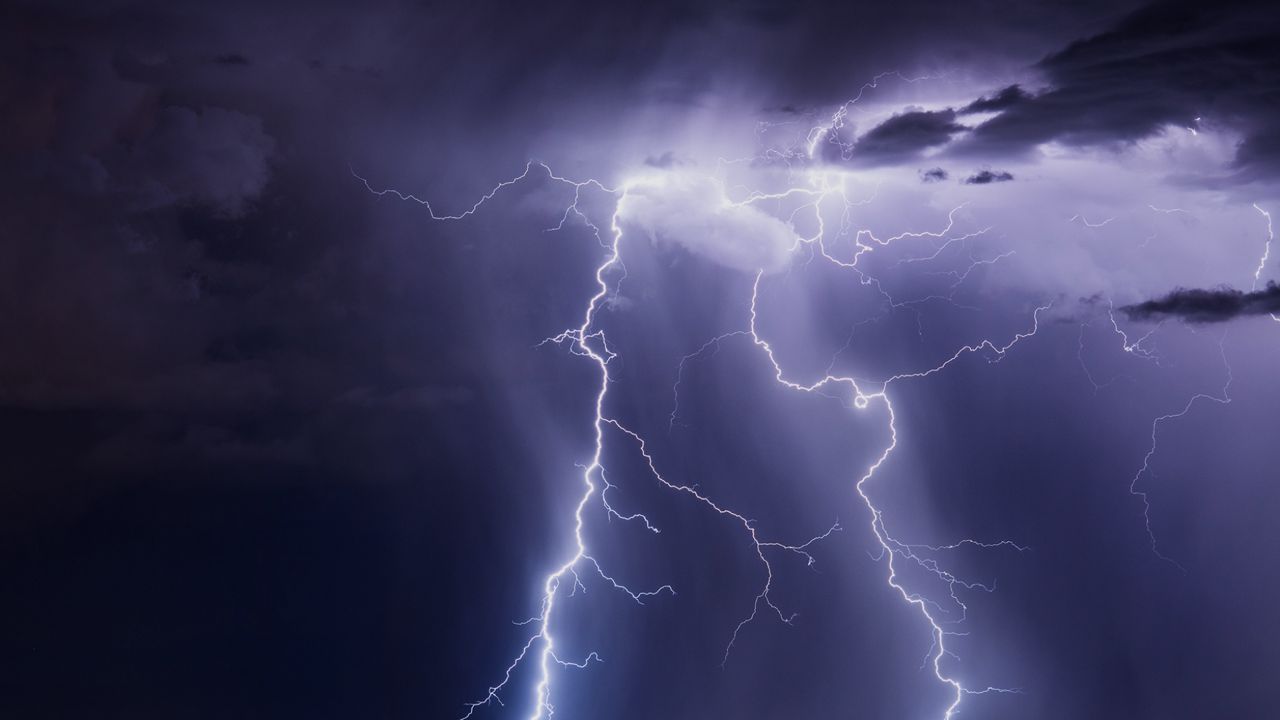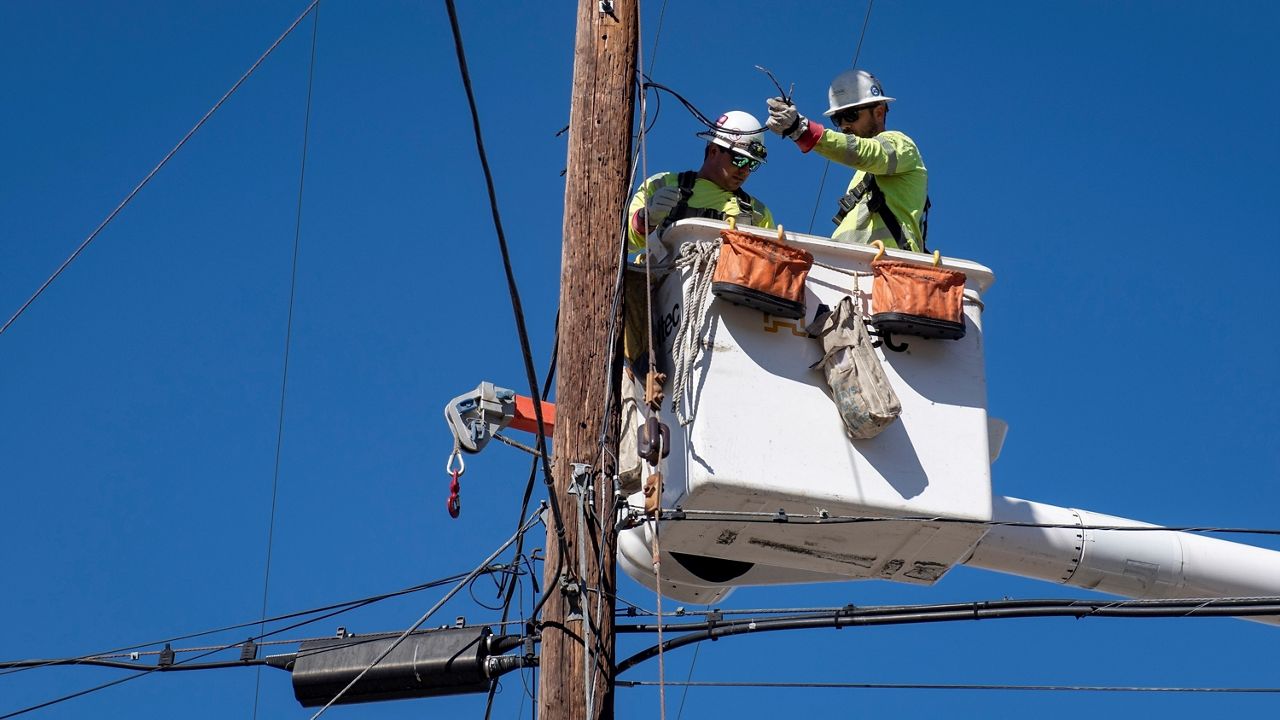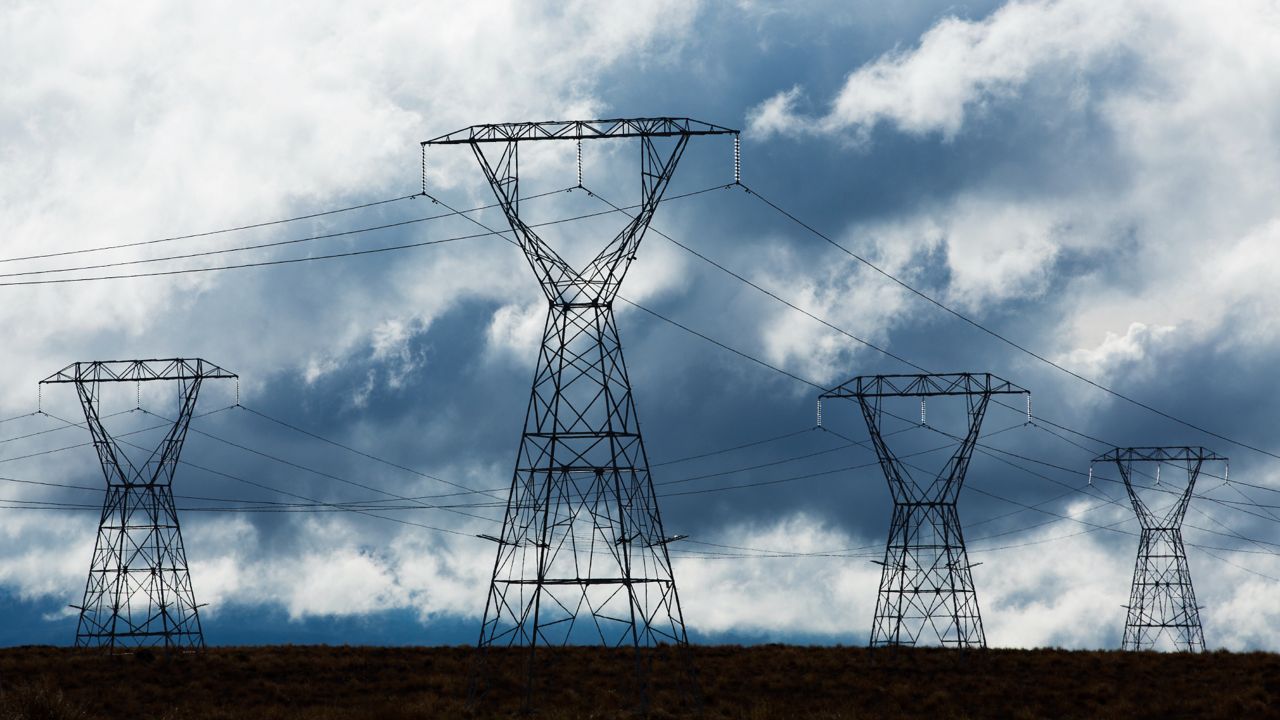Storms are common around Tampa Bay but some of them can be a bit feisty with strong winds.
Some storms can cause damaging straight line winds and it happens when a storm produces a downburst. This tends to happen when the mature thunderstorm starts to collapse and weaken.
We had several microbursts around Tampa Bay on Wednesday from short-lived “popcorn” type storms. These storms developed quickly, matured, and collapsed on themselves, causing gusty winds in some spots.
We had an example of this in Gandy on Wednesday when a storm produced gusts in excess of 40 mph. It was very evident on Klystron 9. Here’s what we saw:
At 5:15 p.m., Klystron9 detected a small but strong storm over Gandy. It was producing very heavy rain, as seen by the bright oranges and reds on the radar image below.
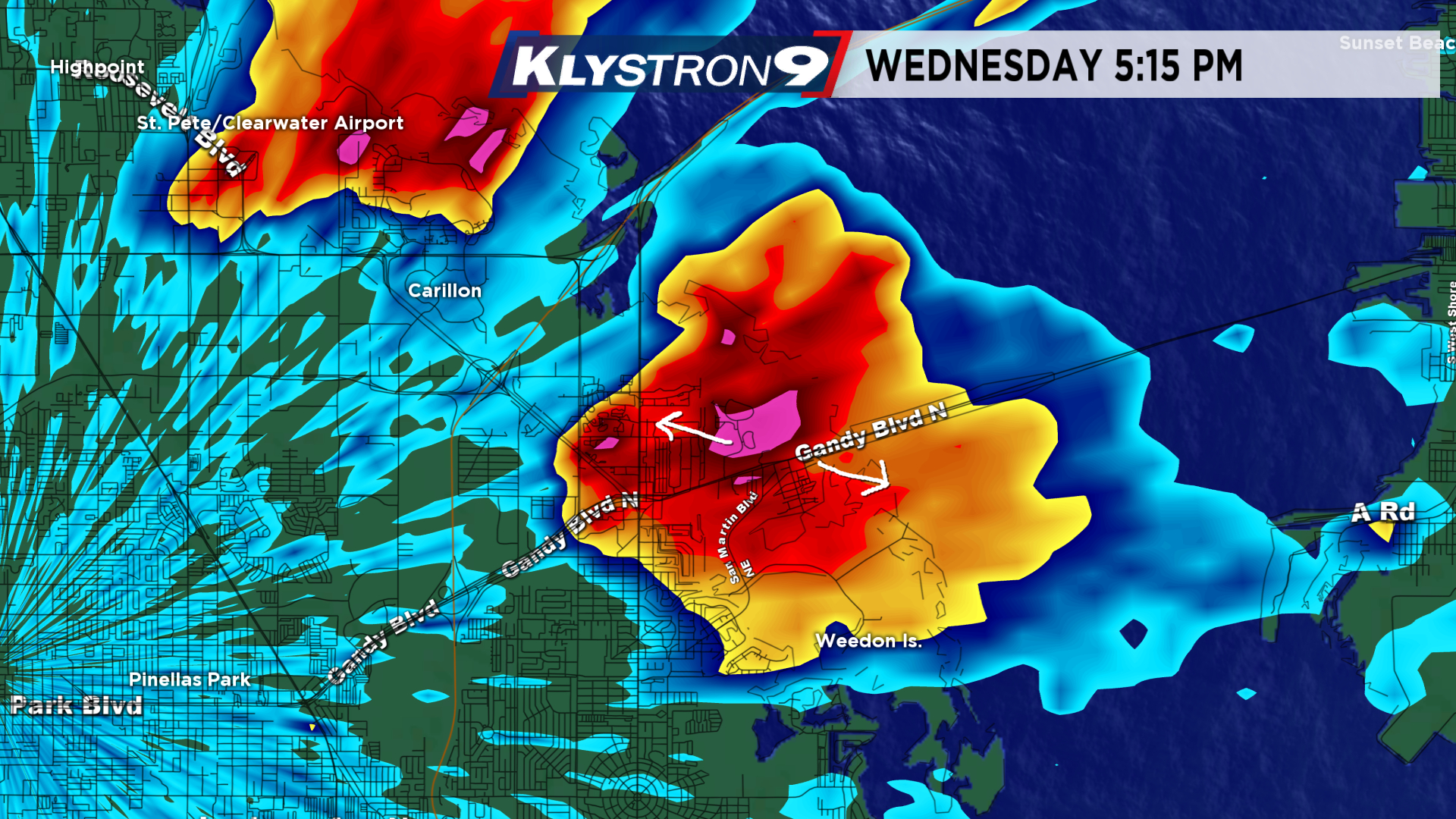
At the same time, rain cooled air rushed to the surface and started to spread out in all directions. You can use the velocity product on radar to see this take place. The velocity product on radar helps us see movement within a storm. There are two colors, red and green, which highlight movement of air flowing toward or away from the radar site.
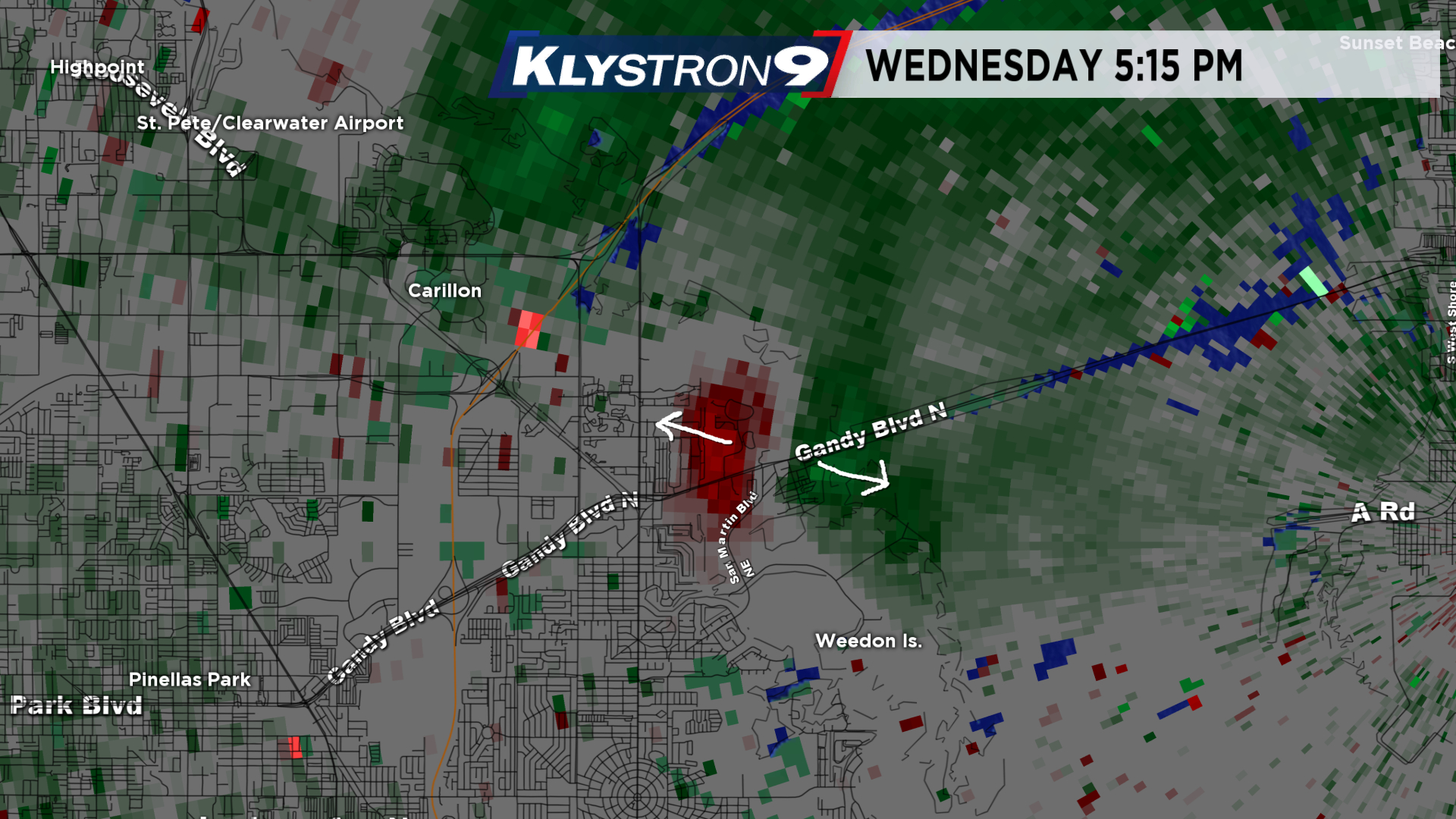
At 5:15 p.m. Wednesday, a microburst struck Gandy Blvd just east of 4th Street N in St. Petersburg. The wind wasn’t strong enough to cause damage but it was a classic microburst signature on radar. The air hit the ground and spread out in all directions. The image below was three minutes later.
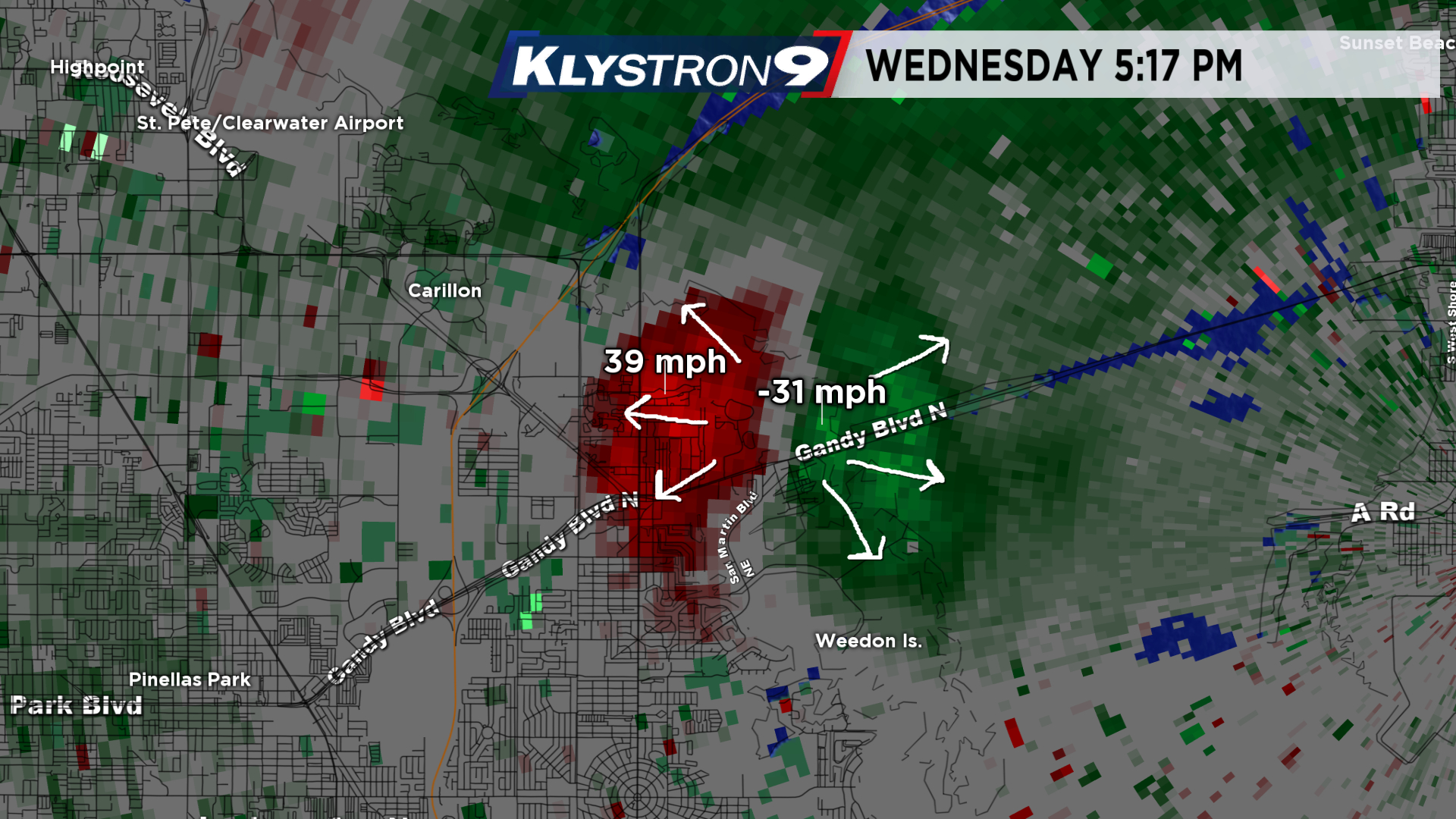
This microburst wasn’t very strong. Sometimes, they can be destructive and cause as much damage as a tornado.
How do microbursts form?
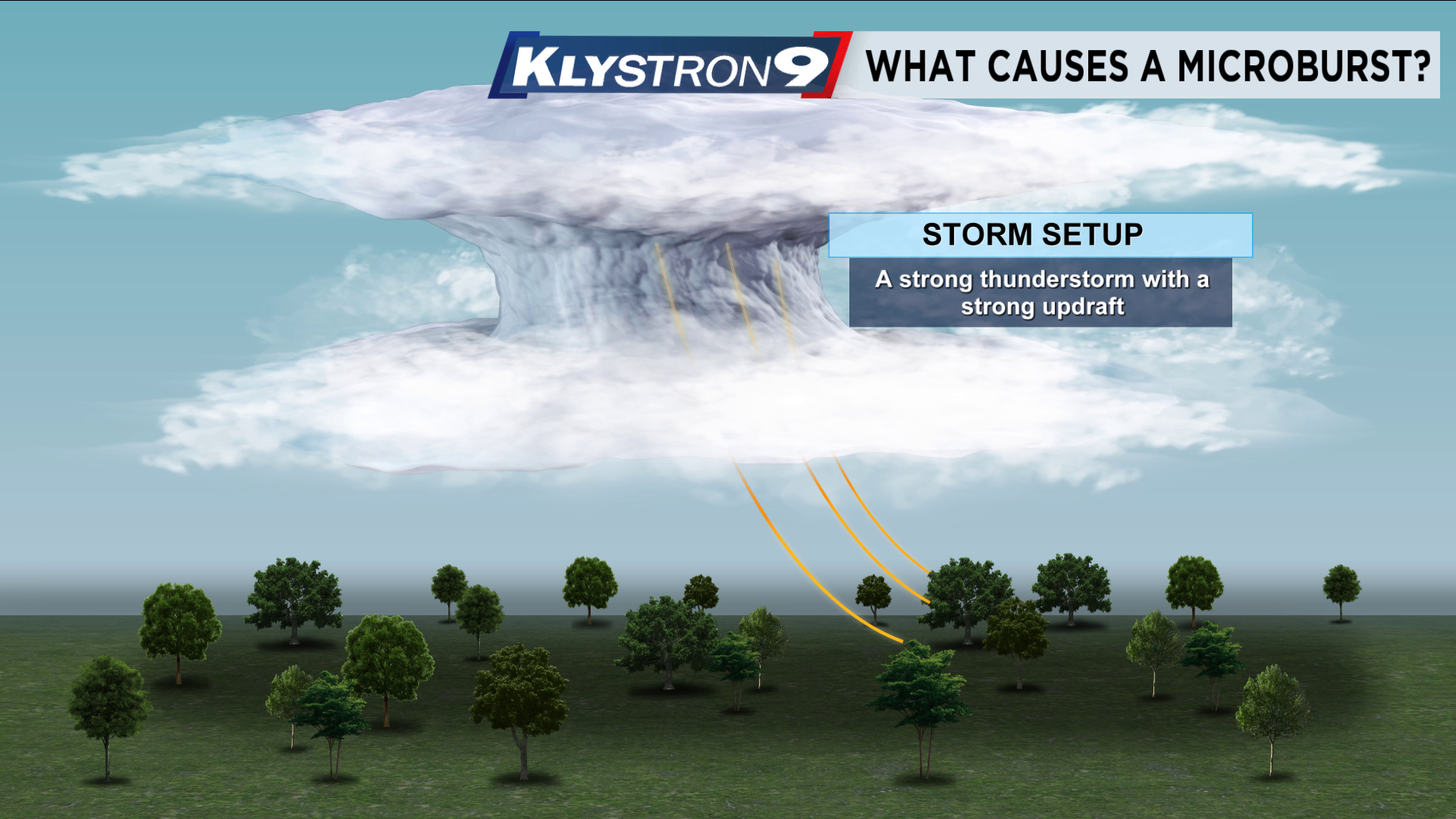
All thunderstorms have an updraft, which is a channel of rising air feeding into the storm. When the updraft weakens, some of that air will rush back toward the ground as a downburst. When rain cools the air within a thunderstorm, the cooler air becomes heavier and sinks. This is the start of a microburst.
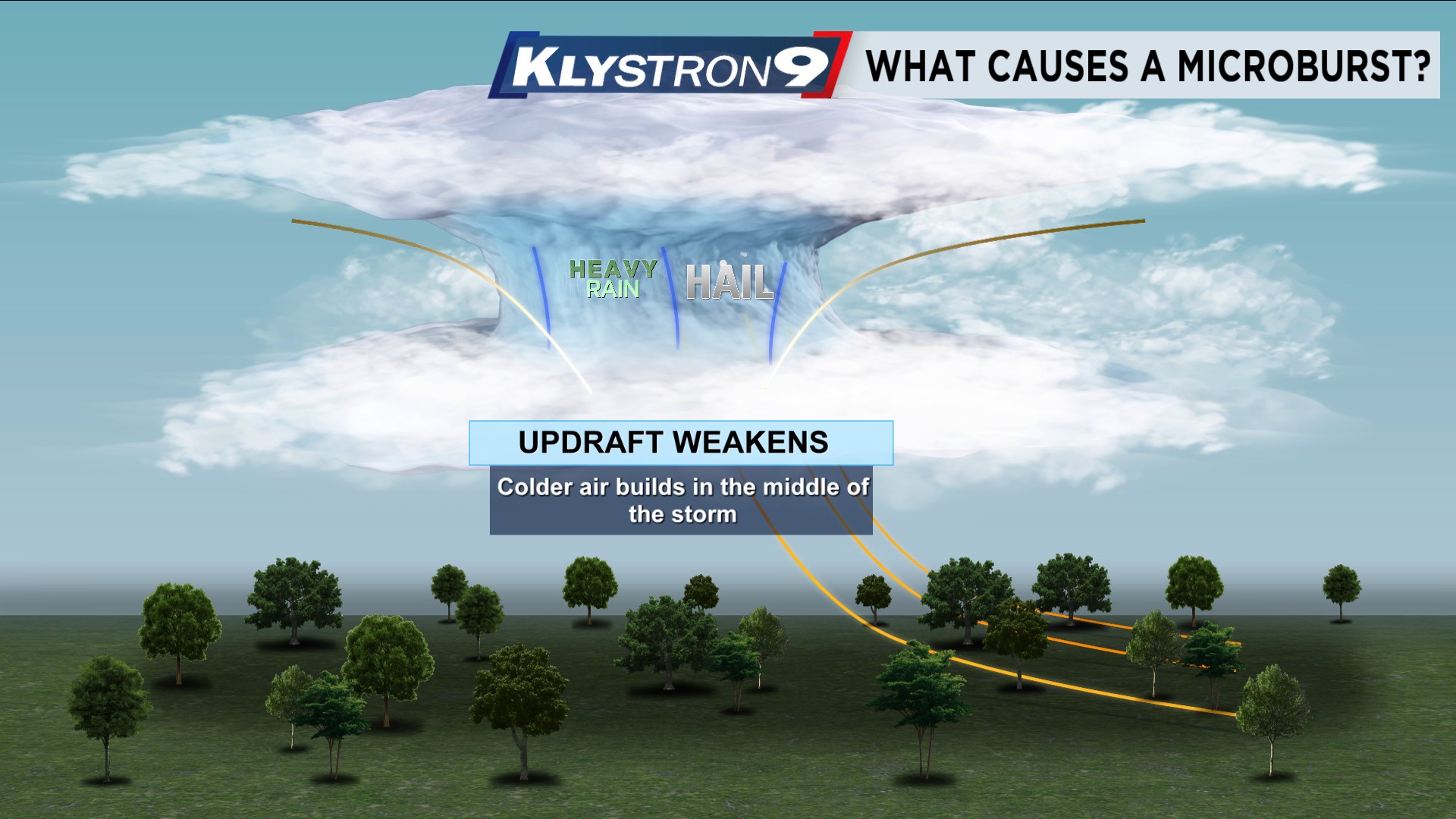
Once that pocket of air hits the ground, it fans out in all directions. It is like pouring milk on a coffee table. You can also compare a microburst to dropping a water balloon in the driveway. Once the water balloon bursts, the water spreads out in all directions.
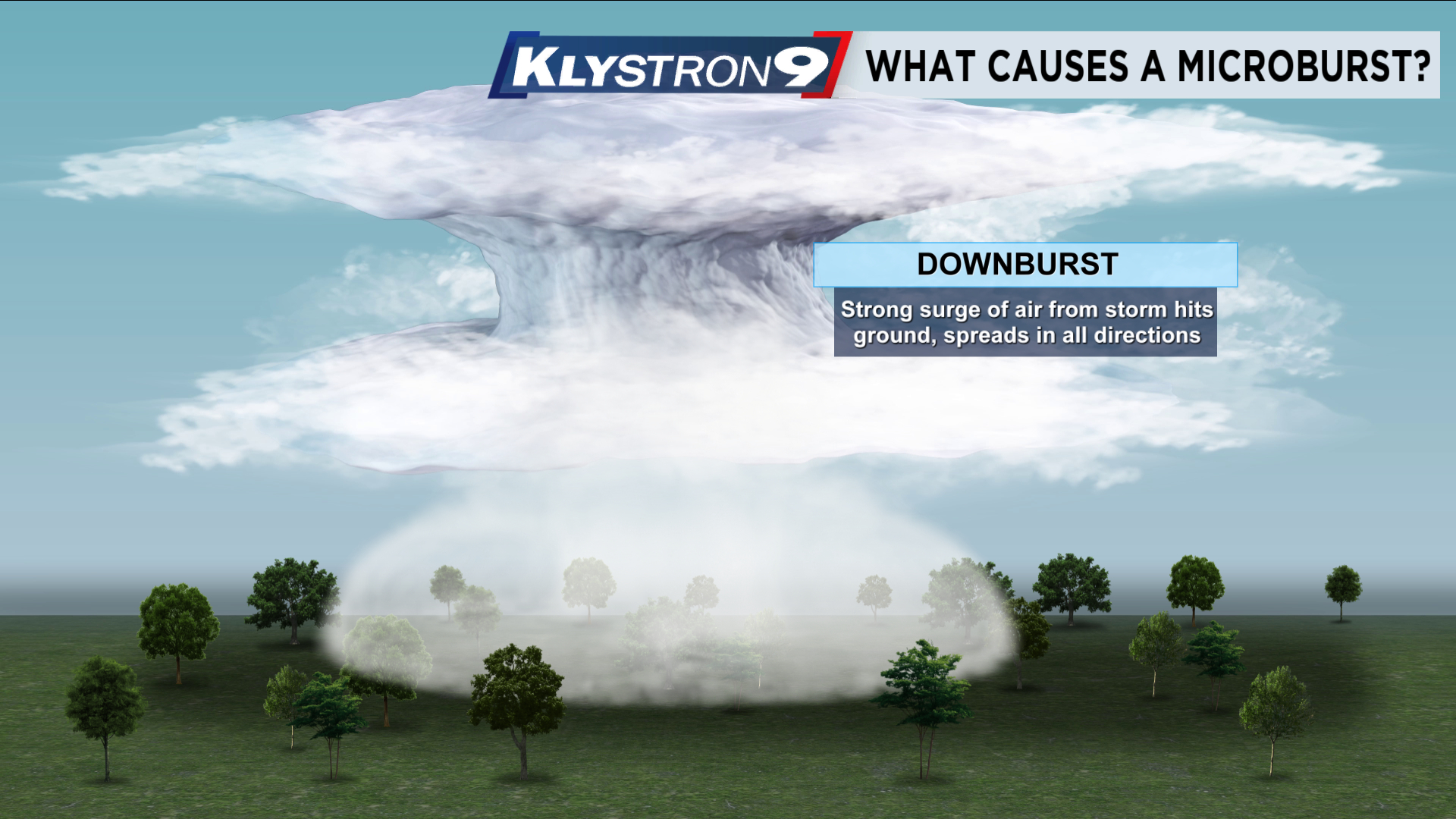
When a storm produces a microburst, it typically marks the end of the storms life cycle. We call this the dissipating stage of the thunderstorm.




